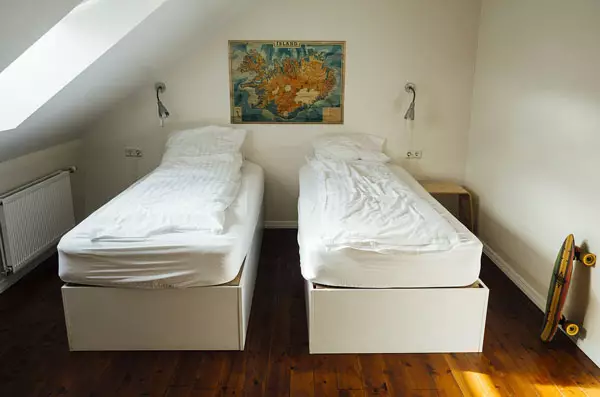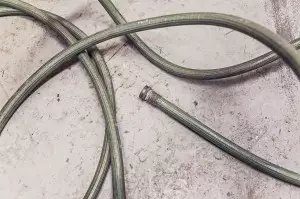September 3rd, 2014 at 10:00 am

White is a gorgeous neutral color that when used well, can become part of the most stunning interior design concepts. However, much like your favorite white clothes, keeping white surfaces in a household clean and bright can be a challenge. Fortunately there are simple tips, tricks and inexpensive products out there that can help you keep your whites sparkling. This list consists of simple, quick tried and true measures that you can try in your home immediately!
August 28th, 2014 at 11:00 am
Curb appeal – something sellers hear endlessly about when they are putting their home on the market. Suddenly you may be scrambling to complete all kinds of home renovations in a short period of time. The best way to avoid this from happening to you is by keeping up to date on your home maintenance. One of those projects that often gets pushed aside or back a few years is resealing your asphalt driveway. Fortunately it’s a simple project that can easily be completed on your own. Asphalt driveways should be resealed every two years. Follow this step-by-step guide to get your driveway look its very best.
Before you get started, watch this video below for a brief outline of what you’re in for. Then, follow our guide to get your driveway sealed and ready to go in no time!
Step 1: Clean the Surface
Haul out the weed whacker and start by trimming down grass alongside the driveway. If there are any bushes, be sure to cut back branches. Inspect your driveway for gas or oil stains; scrub off with a mild detergent. Follow sweeping the entire surface of debris and scraping out any cracks with a knife or flathead screwdriver. At this point it may be wise to create a barricade at the entrance to your driveway to prevent anyone from passing over the surface.
Step 2: Repairs
Pick up a patch sealer from your local hardware store and fill any cracks or potholes. Once complete, sweep again, rinse and let sit for 24 hours. (more…)
August 26th, 2014 at 11:00 am

Residents of Southern California are doing their part to conserve water and follow the restrictions currently in place. But, there’s more you can do right at home to conserve water. Not only will these tips contribute to water conservation efforts, but they will also lower your water bill. The majority of these tips are simple fixes that everyone can do in their home starting today, a few require a bit more planning and maintenance. (more…)
August 15th, 2014 at 3:30 pm
Vendors from all over the world come together at the Anaheim Convention Center on August 22-24th for the annual Anaheim Home & Garden Show. This weekend-long event showcases products and services for home improvement, interior design, outdoor living and just about anything in the home services industry. The home show is presented by Steller Expos; a company that has produced over 250 major home shows. The show will feature a market place and gift pavilion, designer rooms, eco-friendly products and services and how-to demos of simple projects and repairs.
Show Hours:
Admission:
For more information about the 2014 Anaheim Home & Garden Show visit http://www.stellarexpos.com/.